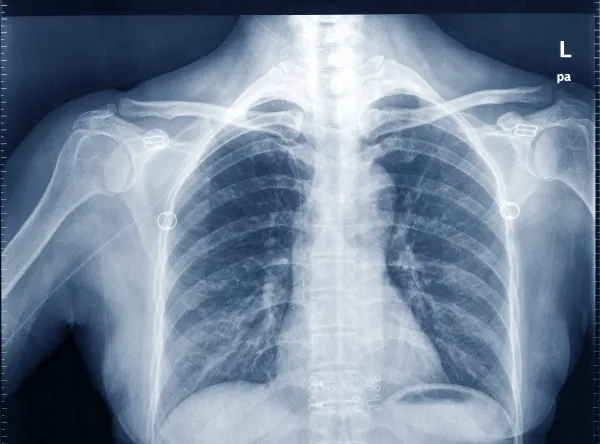Pulmonology Coding Alert
Allergies:
Seeing Extrinsic Allergic Alveolitis Patients? Avoid These Common Mistakes
Published on Fri Jan 18, 2019

You’ve reached your limit of free articles. Already a subscriber? Log in.
Not a subscriber? Subscribe today to continue reading this article. Plus, you’ll get:
- Simple explanations of current healthcare regulations and payer programs
- Real-world reporting scenarios solved by our expert coders
- Industry news, such as MAC and RAC activities, the OIG Work Plan, and CERT reports
- Instant access to every article ever published in Revenue Cycle Insider
- 6 annual AAPC-approved CEUs
- The latest updates for CPT®, ICD-10-CM, HCPCS Level II, NCCI edits, modifiers, compliance, technology, practice management, and more
Related Articles
Other Articles in this issue of
Pulmonology Coding Alert
- Coding Errors:
CMS: Pulmonologists Logged $128 Million in Improper Part B Payments
Plus: Chest physicians among worst offenders when it came to subsequent hospital visit errors. Pulmonologists [...] - Get to Know CMS' Evaluation Criteria
CMS identified a total of $31.6 billion in total improper payments among providers during 2018, [...] - Allergies:
Seeing Extrinsic Allergic Alveolitis Patients? Avoid These Common Mistakes
Hint: Some tests will be bundled. If you see patients with extrinsic allergic alveolitis -- [...] - E/M Coding:
Can You Differentiate MDM From Medical Necessity?
Your E/M payment could depend on the difference. When it comes to coding E/M claims, [...] - You Be the Coder:
Confirm Status for Same Day Admit, Discharge
Question: One of our physicians admitted a patient to the hospital at 11:30 a.m., and [...] - Reader Question:
Go Beyond Follow-up for Chief Complaint
Question: Our pulmonologist lists the chief complaint for all follow-up visits using just “f/u” – [...] - Reader Question:
New Year, New Collection Process
Question: We ended the final quarter of 2018 furiously trying to submit charges to patients [...]
View All




